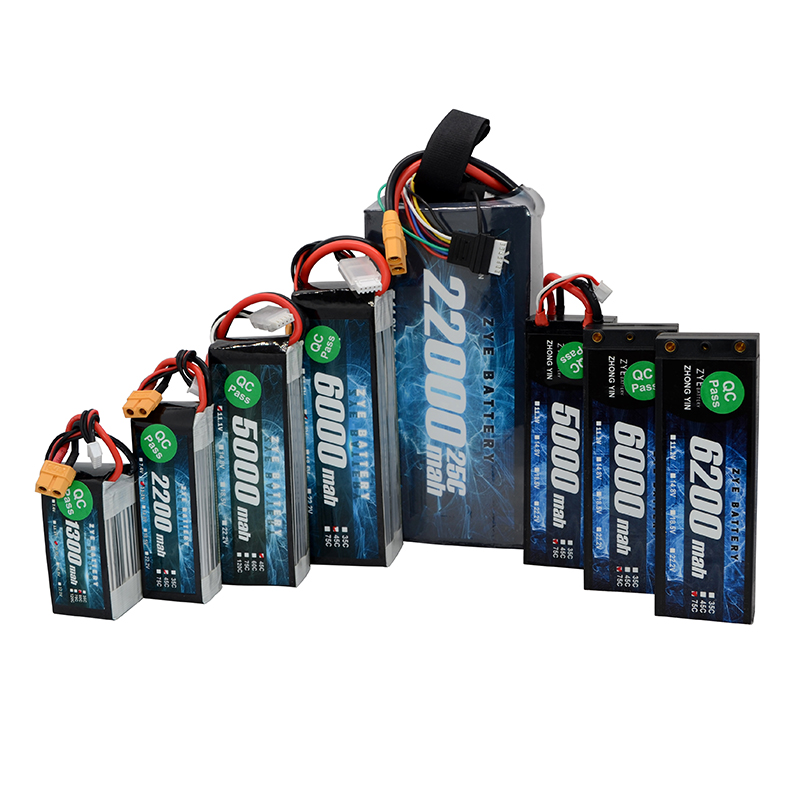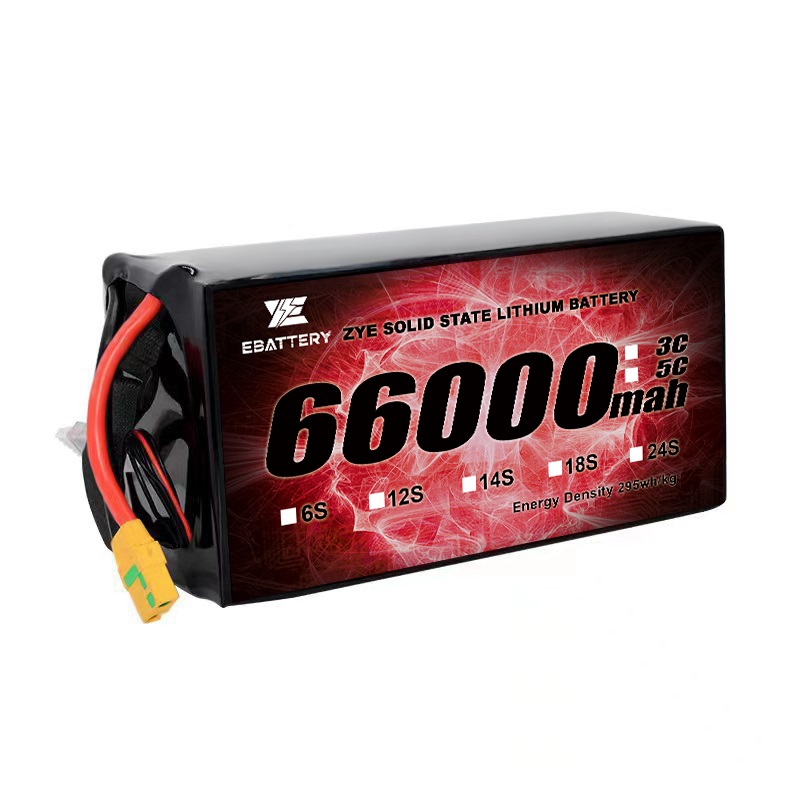How to charge solid state batteries and lipo batteries?
2025-07-17
To understand the critical importance of proper charging for battery performance, longevity, and safety. This article consolidates industry expertise and safety standards to outline essential precautions for lithium battery charging.

1. Use a Compatible Dedicated Charger
1.1 Strictly Avoid Incompatible Chargers
solid-state-battery from different brands or models have varying voltage and current requirements. Be sure to use the original manufacturer-supplied charger or a device explicitly labeled with compatible specifications. Non-dedicated chargers may cause overcharging, overheating, or short circuits.
1.2 Avoid Misusing Fast Charging
If the battery is not labeled as fast-charging compatible, do not use fast-charging devices. Excessive current can accelerate battery degradation and, in extreme cases, trigger thermal runaway.
2. Strictly Control the Charging and Discharging Environments
2.1 Temperature Management
· Charging Temperature: Optimal range is 10°C~45°C. Charging in low temperatures may cause lithium plating, while high temperatures can lead to electrolyte decomposition.
· Cooling After Discharge: Allow the battery to cool to room temperature before recharging if it becomes hot after use.
2.2 Keep Away from Flammables and Confined Spaces
Charge batteries in well-ventilated, fire-free environments to prevent accidents caused by abnormal heat generation.
3. Prevent Overcharging and Over-Discharging
3.1 Set Charging Cutoff Voltage
A single LiPo cell has a nominal voltage of 3.7V and a full charge voltage of 4.2V. Chargers must have precise voltage control to avoid exceeding this limit.
3.2 Avoid Deep Discharging
The discharge cutoff voltage should not drop below 3.0V (recommended to retain 20% charge). Overdischarge will lead to structural damage of electrode and short cycle life.
4. Maintenance Tips for Long-Term Storage
4.1 Maintain Partial Charge State
For batteries stored for over one month, keep the charge level between 40%–60% (approximately 3.8V per cell). Storing at full charge or depleted states accelerates capacity loss.
4.2 Regular Inspection and Recharging
Check voltage every three months. If it drops below 3.0V, recharge to 3.8V promptly to prevent over-discharge damage.
5. Emergency Handling of Abnormal Conditions
· Stop charging immediately: If swelling, leakage, unusual odors, or abnormal temperature rise occurs, disconnect power and move the battery to a safe area.
· Dispose of Damaged Batteries: Batteries with bulging, cracked casings, or other physical damage must be recycled according to regulations.
6. Additional Critical Reminders
· Never mix batteries of different brands, capacities, ages, or conditions.
· Do not cover batteries or chargers during charging to ensure proper heat dissipation.
·Use smart chargers equipped with over-voltage, over-current, and short-circuit protection.

Choose a Reliable Supplier for Battery Safety
As a solid-state-battery supplier certified under UN38.3, MSDS, and ROHS, ZYEbattery adheres to stringent quality control standards, delivering high-safety and long-life battery solutions. For more technical details or customized services, please contact our professional team.
Email: coco@zyepower.com
























































